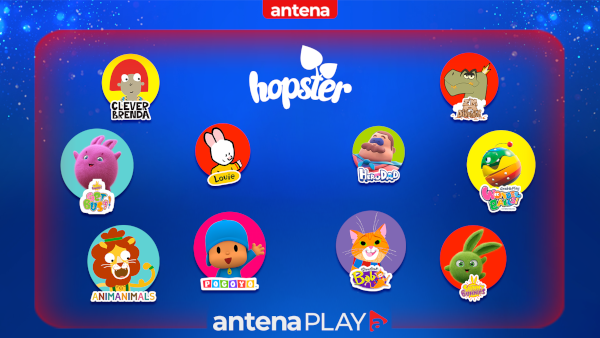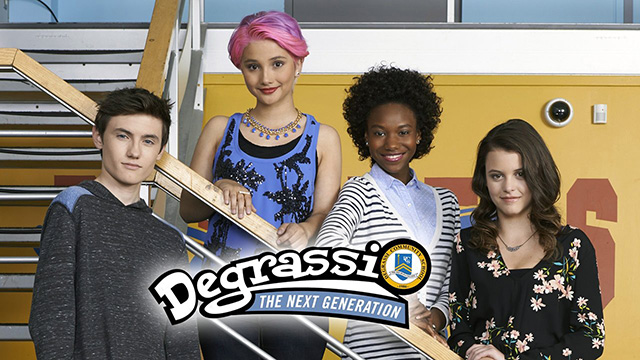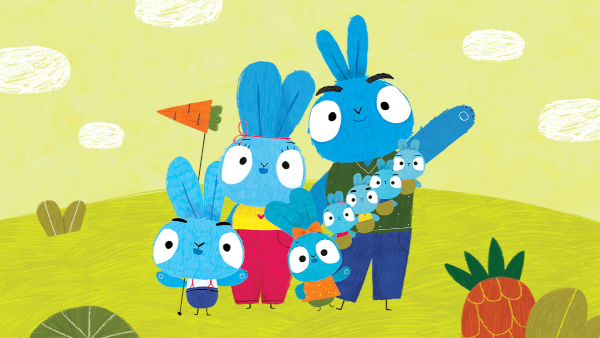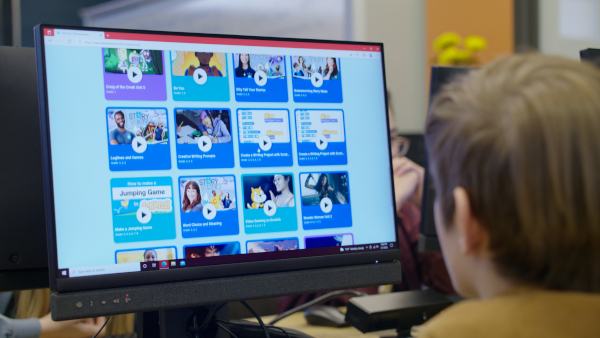Several leading kids’ content buyers weighed in on trends in the market during an ATF panel today, including Hopster’s Nick Walters, Amazon Prime Video India’s Vijay Subramaniam and WarnerMedia’s Leslie Lee.
The panel, moderated by Yoshiya Ayugai of August Media, featured Rajiv Chilaka, founder and CEO of Green Gold Animation; Nick Walters, founder and CEO of Hopster; Vivek Bhutyani, co-founder and CEO of Lattu Kids; Vijay Subramaniam, head of content for Amazon Prime Video India; Leslie Lee, VP for kids at WarnerMedia Entertainment Networks and Anne Loi, executive VP for M&A and chief commercial officer at WildBrain.
The panel opened with a discussion of how kids’ content has evolved in the last five years.
“We’ve seen two significant shifts as it relates to content,” said Amazon’s Subramaniam. “The sheer convenience of programming now, especially in the nonlinear world. Given that most kids are digital natives, born into this digital environment, makes it super interesting to tell stories that are super specific, that have great identity and great inspiration. You’re no longer conforming to the traditional norms of ratings. Linear television pushed a certain kind of storytelling because it was ratings-led. [On digital] you can cater to various communities of kids and bring on these stories, unburdened in terms of duration, format, animation style. Now, more than ever, there’s a huge opportunity to tell really authentic stories to kids and not worry about the mainstream or will this find an audience of 5-year-olds as well as 9-year-olds. This is the new normal.”
The days of talking at kids through content is over, Subramaniam said, “you need to talk with them.”
WildBrain, formerly DHX Media, is predominantly a seller of content, Loi noted, but the company has built an AVOD network over the last few years “and we need to feed it. In the world of VOD, there’s never enough content. We’re actively in Asia looking for content that we can take globally into our network. We’re at 4 billion views a month within our network. We see double-digit growth in Asia every month. The CPM is low so we don’t see the revenue yet compared to the U.S. But this region is popping.”
For Lee at WarnerMedia, one of the biggest changes in content has been episode durations. “Five years ago, we were dealing with the traditional 22-minute, 11-minute format. These days, you don’t have to stay in that format anymore.” The other key trend, he said, is kids’ response to production qualities. “Kids are watching quirky, interesting formats, genres. It doesn’t have to be high quality, as long as it’s well-told, funny and engaging. They can get user-generated content on YouTube, quality doesn’t matter to them, it’s about engagement.”
Walters talked about Hopster’s emphasis on content with educational values. “We want to help kids learn through the stories they love. We have a strong learning mission. We think there’s going to be a split between generalist SVOD—Netflix, Amazon—the big store where you can get everything and very specific. Digital lets producers unshackle themselves from formats. It’s much more important for us to have something that really drives our mission and supports our mission and that our users are going to care about than it is to have something a mass audience will be OK with. We want things that will resonate deeply with our audience.”
Lattu Kids is also a learning platform, Bhutyani noted, geared to children 3 to 8 in India and Southeast Asia. “We are seeing huge consumption of content on smartphones. Kids are consuming content for the first time on smartphones. Some of these kids don’t have access to a television in the home but they have a smartphone. Kids want interactivity, they want to interact with the characters as they watch and learn at the same time.”
On the use of data and analytics, Amazon’s Subramaniam noted, “Storytelling is art meeting science and not the other way around. It’s really important to separate analytics from consumer insights. We spend a lot of time trying to understand how [kids’] tastes and preferences evolve. The TV ratings mechanism is insufficient for gaining customer insights.”
Data is key to customizing the experience for a user, Lattu Kids’ Bhutyani added. “There are several levels of customization for the child, as deep as customizing the interface. Digital and analytics enable us to create a unique experience for each child.”
Hopster’s Walters added, “Analytics are very helpful in running your platform. Analytics are not very helpful at all in deciding what content to make. Producers will ask, ‘What should we be making?’ There is not a set of analytics that tells you what that character’s emotional arc should look like or how to make that character aspirational. When it comes to creating shows or even acquiring shows, it’s still quite an editorially-led process. It should be.”
Analytics can be helpful in determining what not to make, Bhutyani added.
“If you have a unique show, something different they haven’t seen before, you will attract kids to the show,” Green Gold’s Chilaka added.
On where niche platforms like Hopster sit in the global on-demand landscape, Walters noted, “Our job is not to be better at being Netflix than Netflix, or better than Amazon Prime at being Amazon Prime. We should be about a very specific mission: help kids learn through stories they love. That’s about very specific content. If we can’t get you to buy into that, you’re never going to subscribe to us. It is about specialization. If you’re not playing the mass game, it’s about a very clear mission, a very clear sense of who the audience is, and being laser-focused on the group. The platforms that get into trouble are the ones that don’t have that laser focus. That is a tough place to be.”
 TVKIDS
TVKIDS






